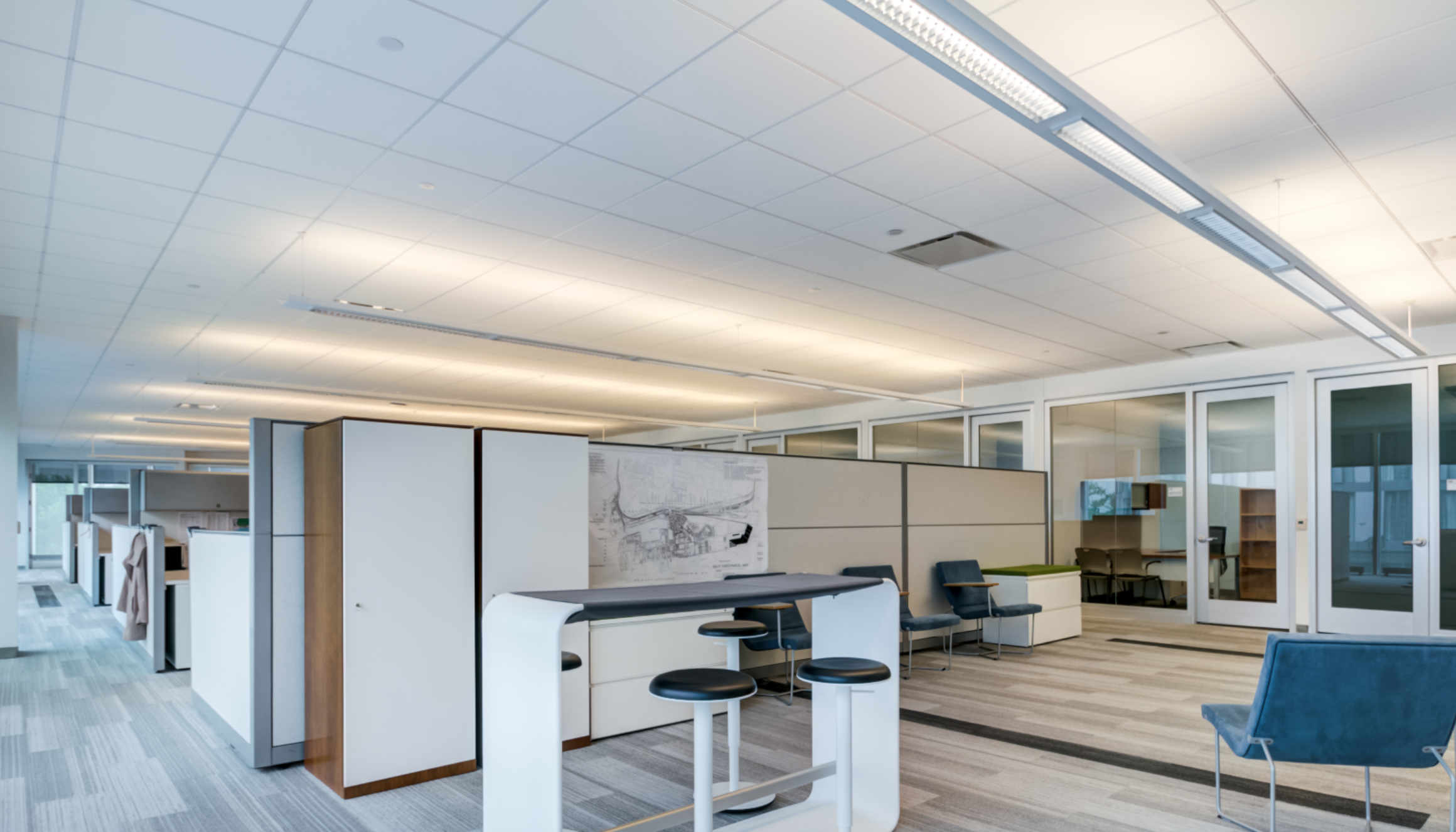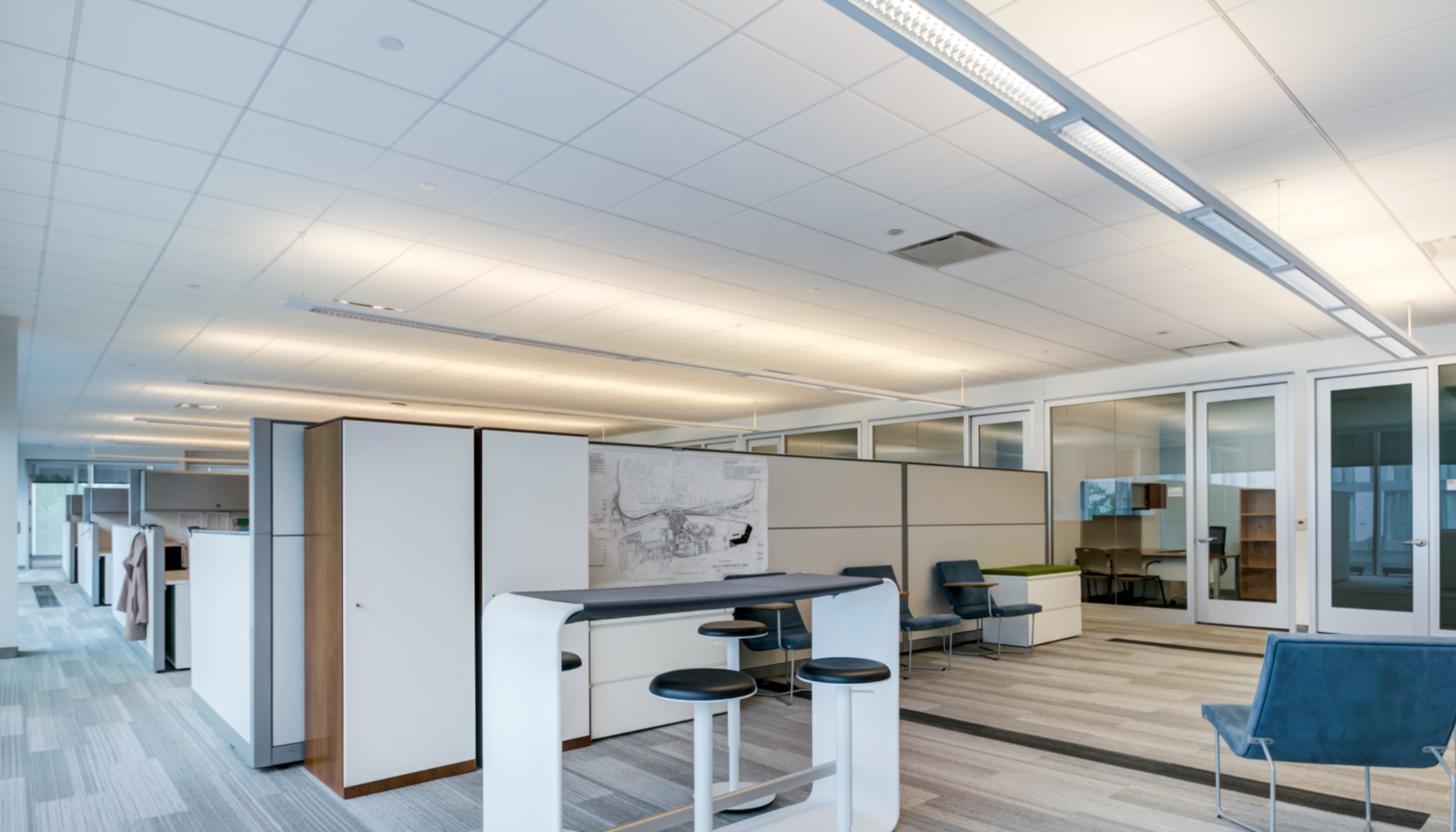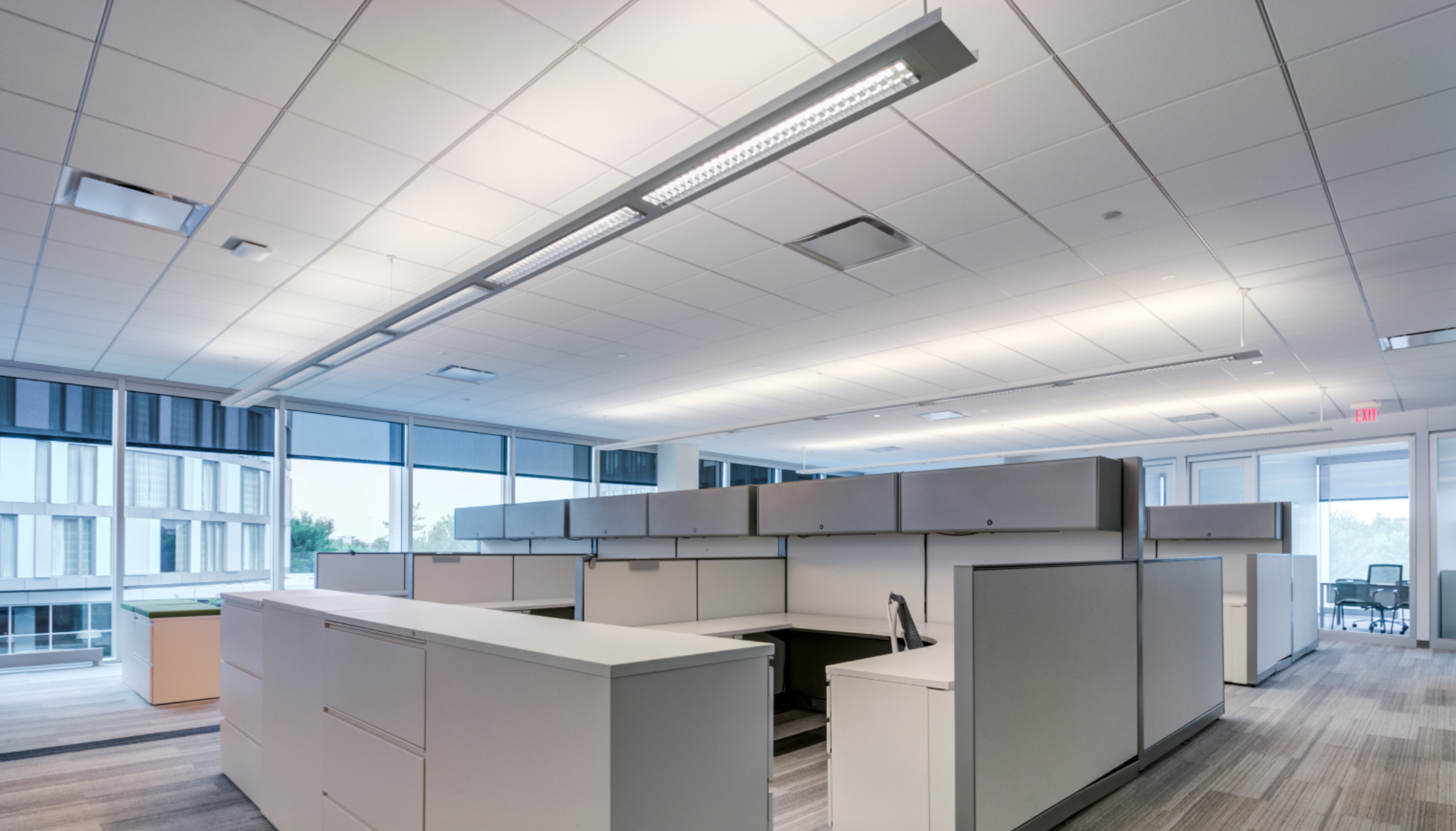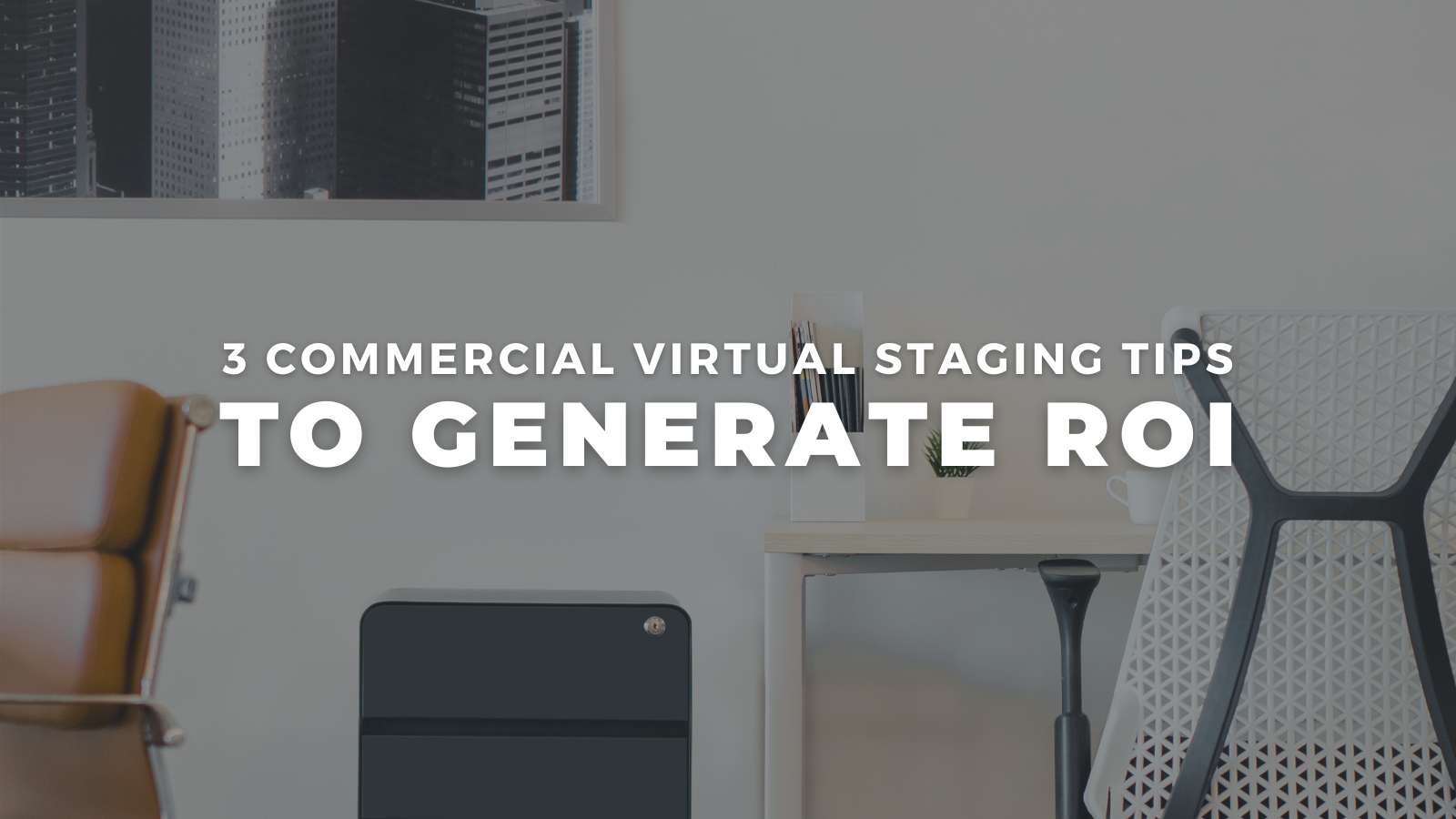Resimercial Design: 20 Design Elements to Include in Your Next Virtual Staging Project
“Resimercial design” is an emerging trend in commercial real estate where design elements, or staging, is inspired by residential staging. This has...

Speculative suites, or “spec suites,” have become the “model home” in commercial office space. These marketing tools were designed to entice a broad array of potential office tenants into signing a lease.
Spec suites, however, can cost hundreds of thousands of dollars to build out. On top of the ever-challenging struggle to keep spec suite costs down, the coronavirus pandemic of 2020 has turned the office industry on its head.
While it’s expected that workers will eventually return to physical co-working spaces, tenants will still be weary of touring available office space in person. Even without coronavirus, tenants these days don’t have the time or capacity to tour several offices in one day.
So the question remains, are traditional speculative suites worth the investment if it means that less people see them in person?
The answer is pretty clear. The thousands of dollars may not be worth it, but spec suites still hold the same value: people need to see what a bare bones layout can look like with the walls raised, flooring put in and furniture.
However, the coronavirus pandemic has thrown a lot of curveballs our way this year, and commercial office is one of the main industries seeing these big changes.
While fancy glass high-rise buildings have been known to somewhat sell themselves, speculative suites are still a powerful marketing tool in the commercial office industry.

When a tenant sees a fully or semi-move-in ready space, that can be a huge selling point. So why not spend the thousands of dollars to build and furnish a space if it means securing a 15-year lease with a tenant? There are few concerning factors:
Spec suites simply aren’t what they used to be, and the year 2020 has only added to these challenges.
The problem: tenants still want to “visualize” themselves in their new office space. How do we do that digitally but in a cost effective way?
Virtual staging has become a popular, budget-friendly solution in recent years, especially in multifamily, but has just recently become an item of discussion in commercial real estate. That’s simply because the benefits are too good to be ignored:
Let’s talk about the biggest factor of them all: ROI.
For quality virtual staging, you can expect to spend a maximum of $500 for a virtual staging image. For 360° content, that will likely run you anywhere from $500-$700 per 360° panorama.
These costs are dependent on scope and quality, but if we factor in the need for 5 panoramas to create an interactive walk-through experience of a spec suite, that’s going to cost $2,500. Compare that to what a physical spec suite costs ($50,000-$500,000).

That kind of return on investment simply can’t be ignored. And today, there is even more of a reason to go digital with your spec suites:
Virtual staging sounds a lot more complex and advanced than it is. Instead, it’s simply a hybrid between photography and 3D renderings.
It works by taking a standard high-quality image (or 360° image) and placing rendered elements and furniture on top to create a totally new space.
Architectural designers use renderings to map out what a space will look like when it’s complete, and this same process is used, but instead with photography.
If you are still building out physical office spec suites during the coronavirus pandemic, we recommend re-evaluating the costs and return. Already, office landlords are turning to these digital alternatives for the ROI benefits and safety precautions.
Stay ahead of the curve with virtual spec suites. To learn about all the amazing benefits of virtual staging, set up a meeting to talk with our team today.
.png)
“Resimercial design” is an emerging trend in commercial real estate where design elements, or staging, is inspired by residential staging. This has...

Commercial virtual staging doesn't get quite the same hype as residential virtual staging. It’s no secret that when we think of brokers and real...

Budget season in real estate is in full swing. In fact, many real estate professionals in multifamily and commercial have already started their...